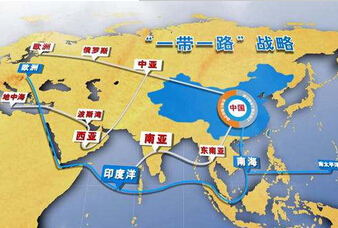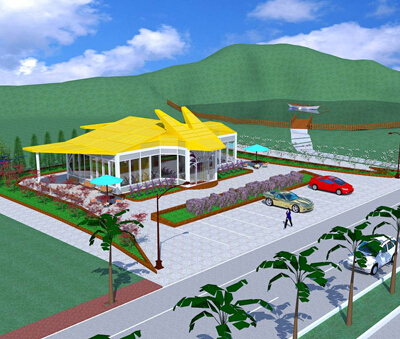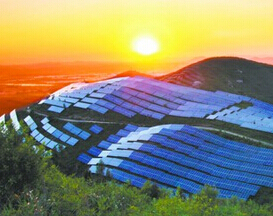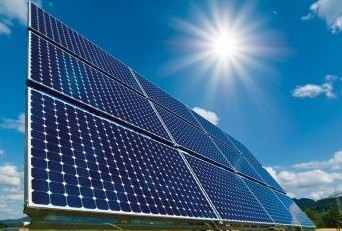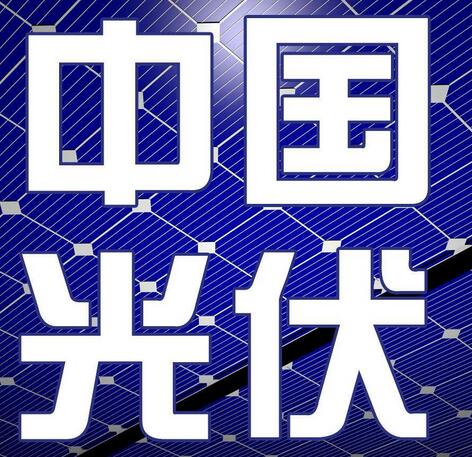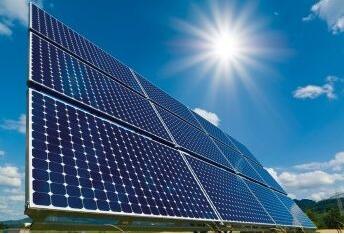A bright spot in the development of the power industry in 2017 is the continuous and explosive growth of the photovoltaic power generation industry, which has pushed the solar power industry into the fast track of rapid development. In the first quarter of this year, the overall development of the photovoltaic power generation market continued to improve, with newly installed capacity reaching 9.65 million kilowatts, an increase of 22% over the same period of last year. The power generation volume was 35.1 billion kwh, which represented a year-on-year growth rate of 64%. The strength and speed of the kinetic energy in the photovoltaic power generation industry are surprising and worthy of summary.
Rapid growth in scale and significant improvement in utilization efficiency
In 2017, in the adjustment of energy structure, actively promoted by the government, business model innovation, active capital market, distributed power supply reform, precision photovoltaic anti-poverty policies, scientific and technological progress, rich development resources, subsidy withdrawal mechanism, high-speed investment inertia, and green card transactions Under the drive of the system, renewable energy quota system, carbon emissions trading system, coal and electricity development restriction policies and investment inertia, the photovoltaic power generation industry continues to grow rapidly.
It is worth noting that the price of electricity driven by "leaders" and other factors has been significantly reduced. The interval characteristics of the electricity price policy and the misalignment of photovoltaic power generation project approval and production time series have caused photovoltaic power generation projects to "grab the tide."
In 2017, the installed capacity of new photovoltaic power generation was 53.38 million kilowatts, a year-on-year increase of 68%. Although the growth rate has nearly doubled from last year, it still shows that the photovoltaic power generation industry continues to be in an explosive development stage. It is estimated that the installed capacity of new photovoltaic power generation in 2018 will reach new heights.
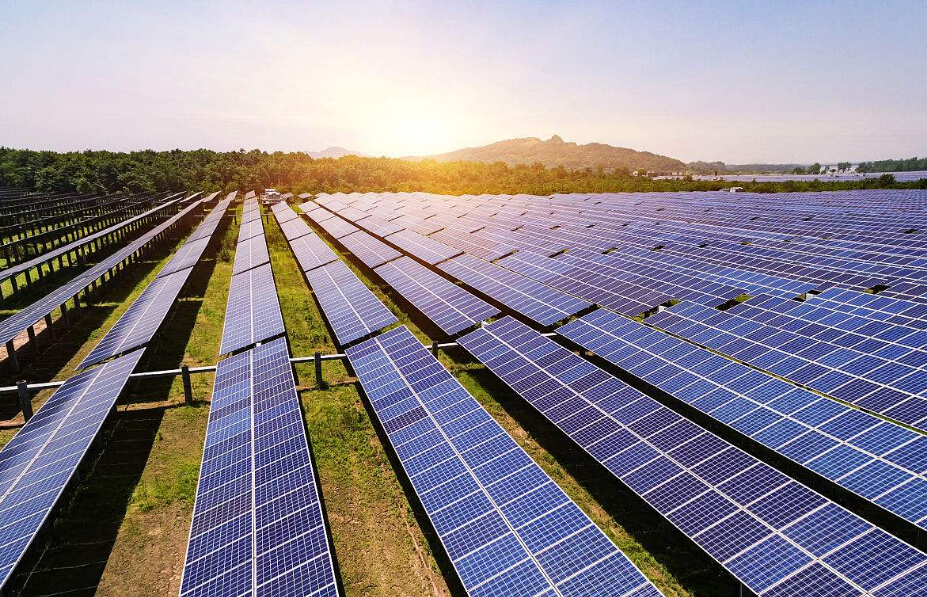
This plan was implemented by the National Energy Administration from 2015. In 2016, the photovoltaic leading technical base construction project began to explore the project owners and the on-grid tariffs through market-based bidding, and the third batch was implemented in 2017. The third batch of "leader" project bids will raise the bid price power to 35 points, which is the most crucial factor in determining the winning bid. Photovoltaic "leader" bases are becoming the main form of centralized photovoltaic project construction and operation, and their implementation results are significant.
Among them, the lowest price for Jilin Baicheng Application Leading Base was 0.41/kWh, which was 36.9% lower than the on-grid price of PV benchmark, which was lower than the preferential price of electricity for Jilin Province, and the sales price of power grid was RMB 0.05/kWh. Above, the benchmark price of coal-fired generating units is approaching 0.3731 yuan/kWh. The lowest effective electricity price for unbided bids is only 0.39 yuan/kWh.
It can be seen that the photovoltaic industry's economy and competitive ability have a clear trend. According to the requirements of the National Development and Reform Commission, “local governments are encouraged to carry out pilot photovoltaic power generation price reforms and market-based tender pricing pilots in accordance with relevant state regulations, and gradually improve the mechanism for discovering prices through the market.” It can be expected that the photovoltaic power generation industry will become an economy. Sex and competitive clean energy will soon become a reality.
The shift to the load center and user side is obvious
The development trend of photovoltaic power generation industry to the distributed and central eastern regions is obvious, and major changes are taking place in structures that are mainly ground-based power plants that are transported or distributed long distances across regions. This major change and development trend are mainly influenced by the three intertwined policies of national regional market space and regional policy adjustments, distributed energy incentive policies, and precision photovoltaic power generation poverty alleviation policies.
















 RCCN WeChat QrCode
RCCN WeChat QrCode Mobile WebSite
Mobile WebSite

